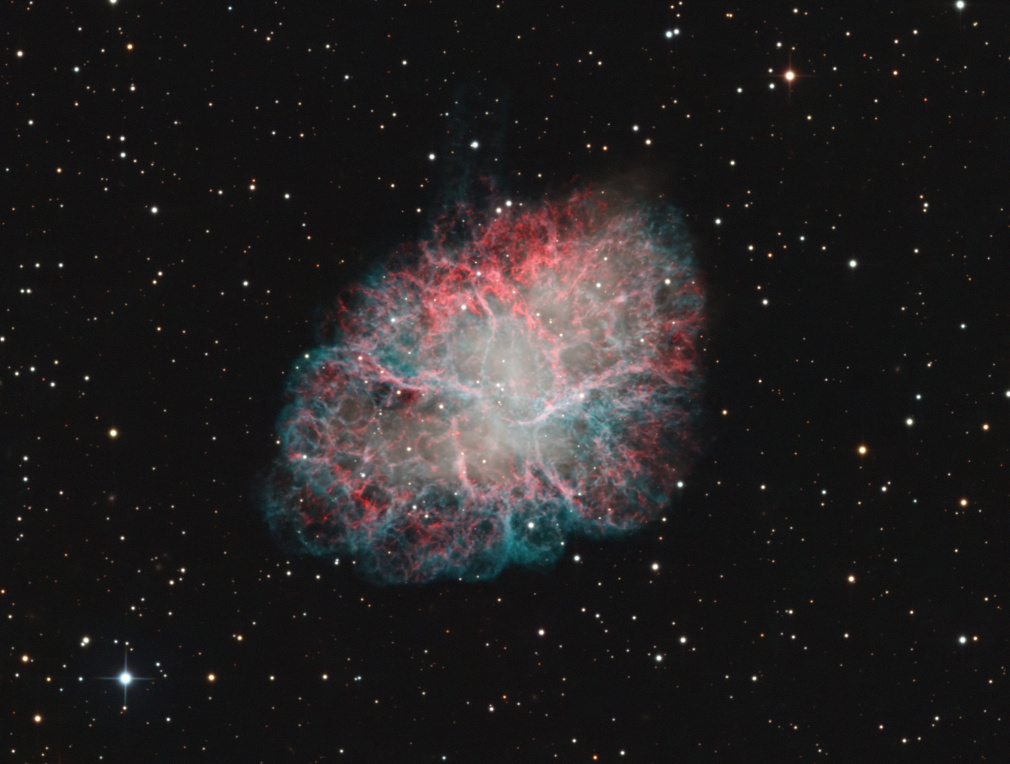The Crab Nebula (M1), a supernova remnant in the constellation Taurus, represents one of the most studied and iconic objects in the night sky. This nebula, located about 6,500 light-years from Earth, is the remnants of a supernova explosion recorded by Chinese astronomers in 1054 AD. The supernova was so bright that it was visible during the day for several weeks.
The Crab Nebula was independently discovered by English astronomer John Bevis in 1731 and French astronomer Charles Messier in 1758. While Messier was searching for the return of Halley's Comet, he cataloged it as the first entry in his famous catalogue of "Catalogue of nebulae and star clusters". He initially mistook the nebula for a comet. This discovery and subsequent cataloging were pivotal, as they underscored the need for a systematic approach to identifying and categorizing celestial objects that were not comets.
Charles Messier was driven to compile his catalogue primarily to aid comet hunting. During his observations, Messier frequently encountered diffuse objects that could be mistaken for comets. These objects, however, did not exhibit the expected motion across the sky. To avoid confusion, he began cataloging these objects, providing astronomers with a reference list that delineated non-cometary entities.
Messier's Catalogue of Nebulae and Star Clusters, published in 1774, initially included 45 objects, growing to 103 by the time of its final version. Today, the catalogue contains 110 objects, including galaxies, nebulae, and star clusters.
The Crab Nebula is of significant scientific interest due to its origin and ongoing activity. It is the remnant of a supernova explosion, specifically a Type II supernova, where a massive star exhausts its nuclear fuel and undergoes gravitational collapse. The core collapses into a neutron star, while the outer layers are expelled at high velocities, forming the nebula.
At the heart of the Crab Nebula lies the Crab Pulsar, a highly magnetized, rotating neutron star emitting beams of electromagnetic radiation. The pulsar spins approximately 30 times per second, and its powerful magnetic field accelerates particles to near-light speeds, creating a complex and dynamic synchrotron radiation environment observable across the electromagnetic spectrum.
The Crab Nebula serves as a cornerstone in the study of stellar evolution, supernova mechanics, and high-energy astrophysical phenomena. Its discovery and subsequent cataloging by Charles Messier underscore the historical and scientific importance of methodical celestial observation.
